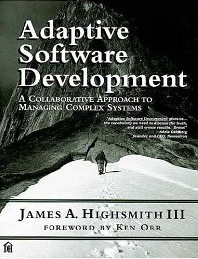Pre-lean and a Production Line Startup Story
My foot in the door at Hewlett-Packard Company was a step down from an engineering position to a technician role. As I was moving from the field of radiation safety to software development, with no real software development experience, it was a reasonable approach. The real value of this was that it afforded a Genchi Genbutsu approach to performance improvement.




